Growth of the E-commerce Sector
The Truck Trailer Landing Gear Market is benefiting from the rapid growth of the e-commerce sector. As online shopping continues to expand, the demand for efficient transportation and logistics solutions is on the rise. E-commerce companies are increasingly relying on robust trailer systems equipped with advanced landing gear to facilitate timely deliveries. This trend is expected to propel the landing gear market, with projections indicating a potential growth rate of 5% in the coming years. The need for reliable landing gear systems is becoming paramount as e-commerce businesses seek to optimize their supply chains and enhance customer satisfaction.
Rising Demand for Heavy-Duty Trailers
The Truck Trailer Landing Gear Market is experiencing a notable increase in demand for heavy-duty trailers, which is directly impacting the landing gear market. As industries such as construction and agriculture expand, the need for durable and reliable landing gear systems becomes critical. Heavy-duty trailers require specialized landing gear that can withstand significant loads and harsh operating conditions. This trend is projected to contribute to a market growth rate of approximately 4% in the coming years. Manufacturers are focusing on developing landing gear solutions that cater specifically to the needs of heavy-duty applications, thereby enhancing their market presence.
Regulatory Compliance and Safety Standards
The Truck Trailer Landing Gear Market is significantly influenced by stringent regulatory compliance and safety standards. Governments across various regions are implementing regulations that mandate the use of high-quality landing gear systems to ensure safety during transportation. For instance, the introduction of new safety regulations has led to an increase in the adoption of advanced landing gear technologies. This compliance not only enhances safety but also boosts the market for landing gear systems, as manufacturers strive to meet these standards. The market is expected to witness a steady growth rate of around 3.8% as companies prioritize safety and compliance in their operations.
Technological Innovations in Landing Gear Systems
The Truck Trailer Landing Gear Market is witnessing a wave of technological innovations that are reshaping the landscape of landing gear systems. Advancements such as automated landing gear mechanisms and smart technologies are gaining traction among manufacturers. These innovations not only improve the efficiency of landing gear operations but also enhance user experience. The integration of IoT and smart sensors into landing gear systems is expected to drive market growth, with an anticipated CAGR of 4.2% over the next few years. As technology continues to evolve, the demand for sophisticated landing gear solutions is likely to increase, reflecting the industry's commitment to modernization.
Increasing Demand for Efficient Logistics Solutions
The Truck Trailer Landing Gear Market is experiencing a surge in demand driven by the need for efficient logistics solutions. As supply chains become more complex, the requirement for reliable and durable landing gear systems has intensified. The logistics sector is projected to grow at a compound annual growth rate (CAGR) of approximately 4.5% over the next few years, which directly influences the landing gear market. Companies are increasingly investing in advanced landing gear technologies that enhance operational efficiency and reduce downtime. This trend indicates a shift towards more robust and innovative landing gear solutions, which are essential for meeting the evolving demands of the transportation industry.
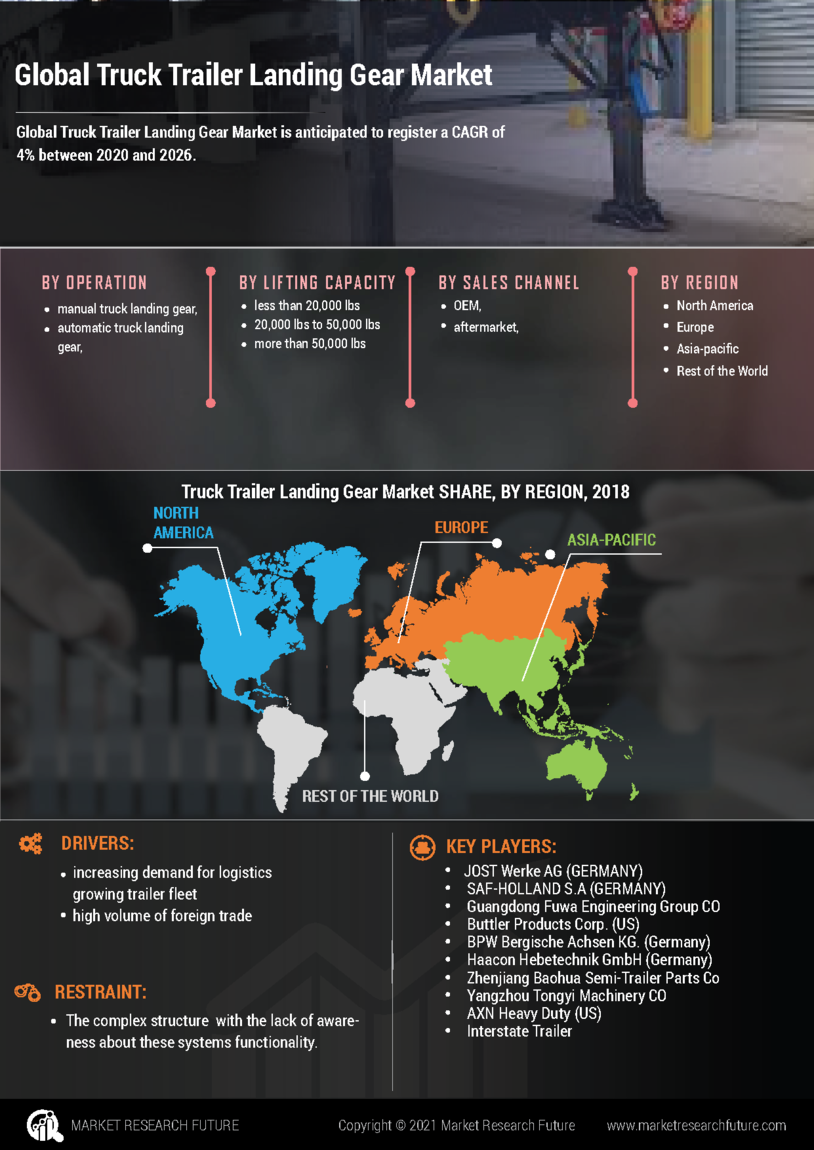

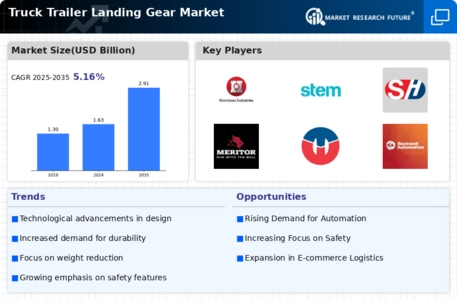
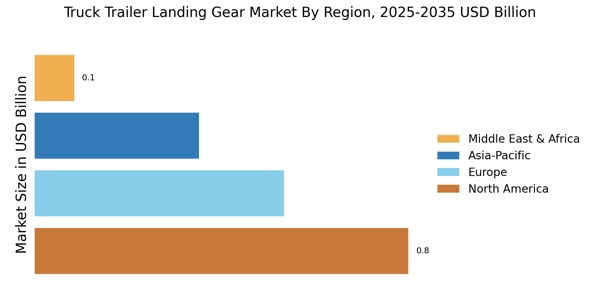



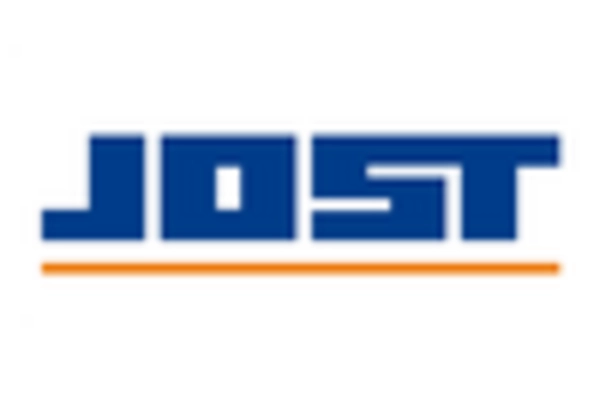

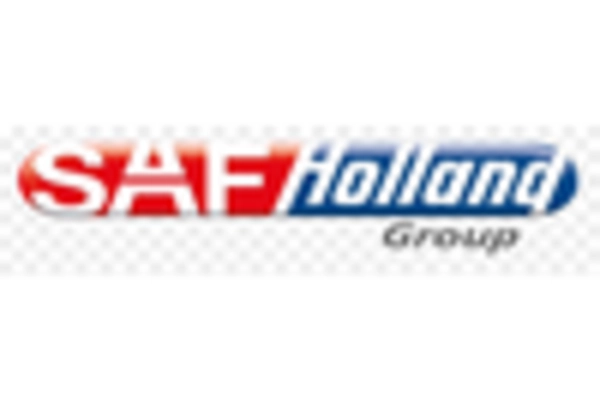








Leave a Comment